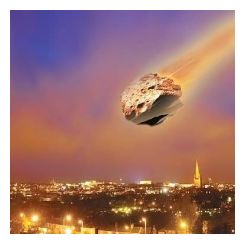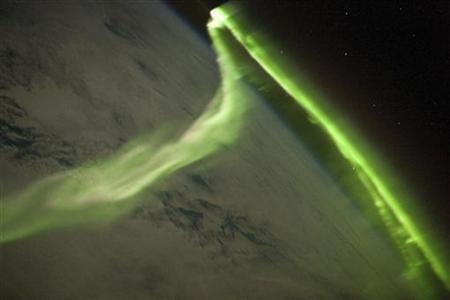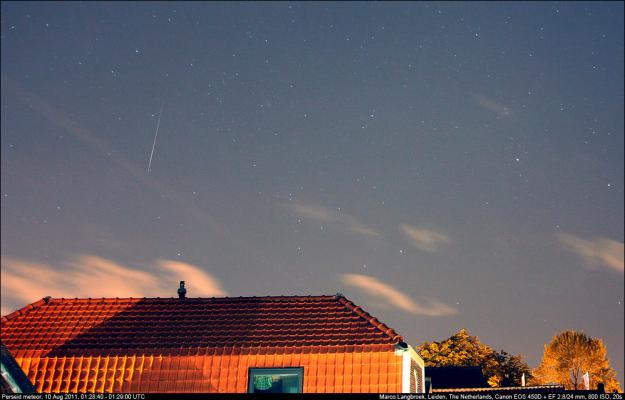
© Evening News24, NorwichAn artist's impression of a meteor over Norwich.
Mystery surrounds what made the earth tremble across Norfolk in a bizarre late-night phenomenon.
Experts and amateurs alike believe a sonic boom - triggered by a meteorite or aircraft - caused strange tremors to shake homes and spook pets.
The rattling was reported by people across the county, including Norwich, North Walsham, Gayton, Belton, Cringleford and South Lopham at about 10.30pm on Tuesday.
Jonathan Larter, from Sprowston, said: "I was just going to bed and the house started shaking and doors rumbling as if the wind was blowing through the windows, but they weren't open. I thought it was a ghost outside knocking on my door because I live near a cemetery."
Alan Sharman, from City Road, Norwich, added: "My French doors rattled rather loudly at 10.30-ish. It actually sounded like someone was trying to get in. It woke me up a bit."


Comment: Something wicked this way comes...